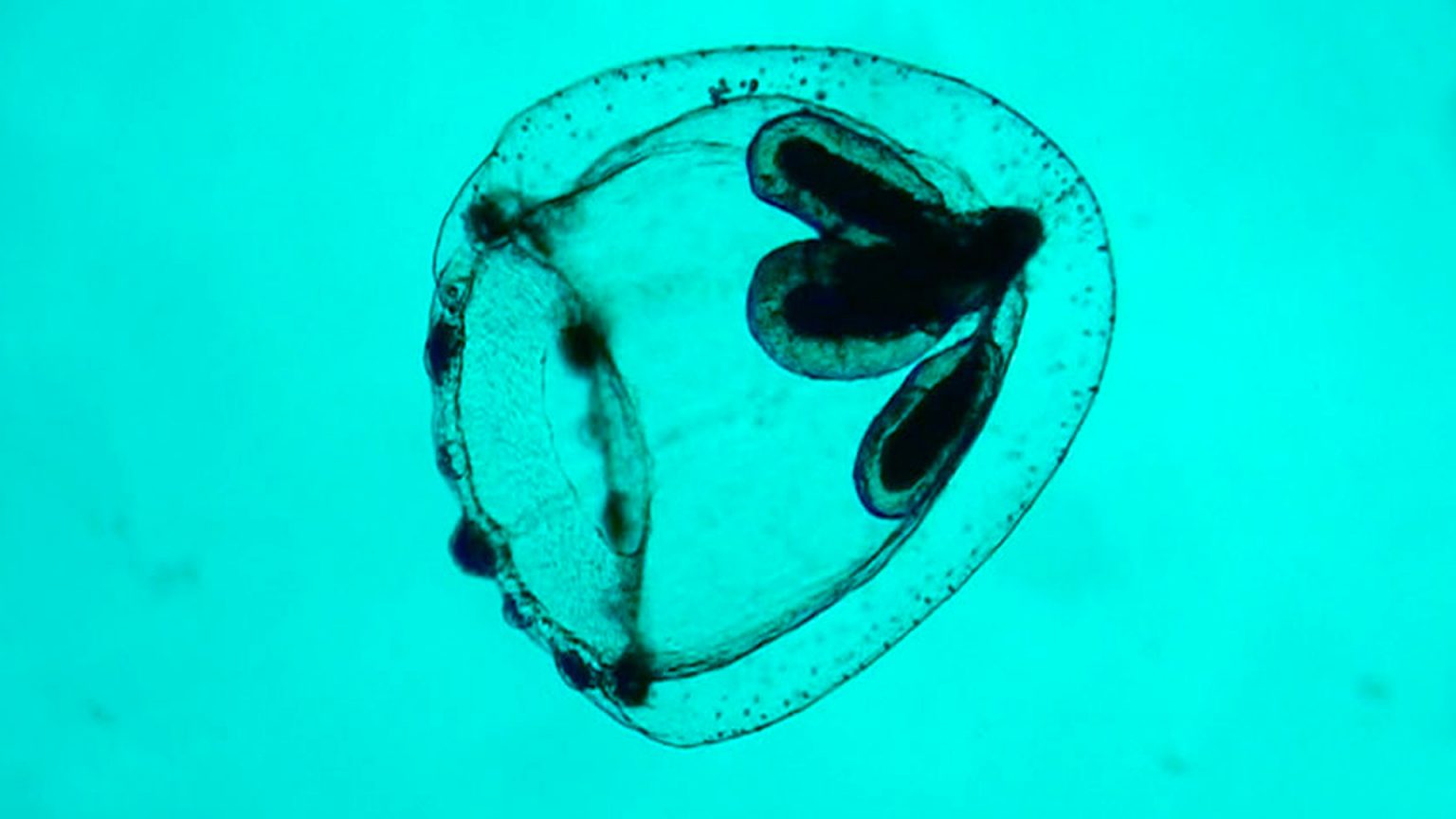A 17-year-old car crash victim lies brain-dead in hospital, as doctors urgently pitch the virtues of organ donation to his distraught parents; over in another town, a middle-aged mother of two with a severely degenerative heart condition goes on the waiting list for a transplant. What sounds like fodder for a routinely gripping episode of ER is complicated with rare depths of personal and sensual detail in French director Katell Quillévéré’s sublimely compassionate, heart-crushing third feature Heal the Living. More polished but no less authentically humane than her previous works Suzanne and Love Like Poison, this spidering ensemble piece—adapted from Maylis de Kerangal’s internationally acclaimed 2014 novel—boasts beautifully pitched performances from a handpicked cast that includes Tahar Rahim and Emmanuelle Seigner. But it’s Quillévéré’s soaring visual and sonic acumen (with an assist from composer Alexandre Desplat, here in matchless form) that suffuses a potentially familiar hospital weeper with true grace.
Heal the Living “doesn’t play the obvious game,” writes Dominik Kamalzadeh for CinemaScope, adding that “he film engages in different narratives of donating and receiving in a more fragmentary and profound way, still resonating within the basic melodramatic premise.”
“Though the film’s two halves aren’t equally as strong, with the second half lacking some of the complexity and breathtaking sweep of part one, this is an impressive step up for Quillévéré,” writes the Hollywood Reporter‘s Boyd van Hoeij. “Precision writing and editing (the latter courtesy of Thomas Marchand), as well as an impressive grasp of the power of mise-en-scene, come together to deliver resonant scenes.”
“Life-affirming?” asks Lisa Nesselson in Screen. “Certainly. But not in a smarmy or New-Agey manner. Co-screenwriter [with Gilles Taurand] Quillévéré imparts near-numinous forward motion to many scenes. Structured more like a relay race than a conventional ensemble drama, a soaring sense of movement knits together quietly luminous performances.”
More from Fabien Lemercier at Cineuropa, where he also interviews Quillévéré: “I tried to construct something that’s neither an account of a story about a transplant, nor an ensemble film, but that has the same structure as an ‘epic poem’: the characters take the reins from one another in turn, creating a sort of guiding thread suspended between life and death…. The story unfolds first and foremost at the level of the individual, a family, then a community, that of the hospital, and then society, as in France everyone has the right to a transplant. It’s an adventure that sets society in motion at all levels. A transplant is rooted in the principle of solidarity, and reminds us of just how interlinked human beings are.”
Update, 9/13: Kate Gardner sends Women and Hollywood‘s questions to Quillévéré.
Update, 10/25: “The plot is basically your average Grey’s Anatomy-episode stretched out way beyond the limits of its narrative’s potential,” finds Michaël Van Remoortere at photogénie.
The 2016 fall film festival indexes: Venice, Telluride, and Toronto.




